Banco de preguntas: ayuda con las tareas de cualquier materia
¡Bienvenido a Question Bank, la plataforma definitiva de aprendizaje de tareas presentada por el dedicado equipo de tutores de UpStudy!
Aquí, todas las preguntas pr...
Cargar más
error msg
Orígenes de las tareas y cómo ayuda el banco de preguntas
¿Quién inventó la tarea?
Los deberes se remontan a finales del siglo XIX y se atribuyen a menudo a un educador italiano llamado Roberto Nevilis como su creador. Nevilis introdujo las tareas similares a los deberes como un medio adicional de reforzar la educación fuera del horario escolar, aunque las tareas de este tipo ya existían antes de Nevilis. De hecho, civilizaciones antiguas como los griegos y los romanos utilizaban estrategias similares para reforzar el aprendizaje fuera del horario escolar. Si bien Nevilis formalizó esta práctica en los deberes tal como los conocemos hoy, su significado ha evolucionado significativamente con diferentes influencias culturales y educativas que han dado forma a su significado actual a lo largo del tiempo.
¿La tarea ayuda a los estudiantes a aprender?
Sí, los deberes pueden ser una herramienta útil para reforzar lo que los niños aprenden en el aula, pero su eficacia depende de numerosos factores. Según las investigaciones, los deberes que tienen un propósito y son equilibrados pueden ayudar a los estudiantes a adquirir habilidades cruciales como la gestión del tiempo, el pensamiento crítico y la resolución de problemas. Sin embargo, los deberes excesivos o mal diseñados pueden causar estrés y agotamiento. Los deberes funcionan mejor cuando están diseñados para reforzar conceptos clave, fomentar el pensamiento independiente y brindar oportunidades para la reflexión personal. Por lo tanto, si bien los deberes pueden ser beneficiosos, la clave está en determinar la cantidad y la forma adecuadas para ayudar a los alumnos a aprender sin abrumarlos.
¿Cómo puede ayudarle el banco de preguntas?
Question Bank de UpStudy es una herramienta invaluable diseñada para ayudar a los estudiantes a resolver tareas en una variedad de materias. Como un banco de preguntas extenso que refleja problemas de tareas de estudiantes reales, Question Bank garantiza que el contenido siga siendo práctico y aplicable para la tarea en cuestión. Sin importar la materia, ya sea matemáticas, ciencias o historia, Question Bank ofrece preguntas seleccionadas específicamente para que coincidan con las tareas de estudiantes reales; lo que lo ayuda a practicar conceptos clave y, al mismo tiempo, lo prepara para los exámenes al ofrecer preguntas de fuentes expertas que permiten estudiar de manera inteligente con una comprensión más profunda del material y una mayor comprensión.

